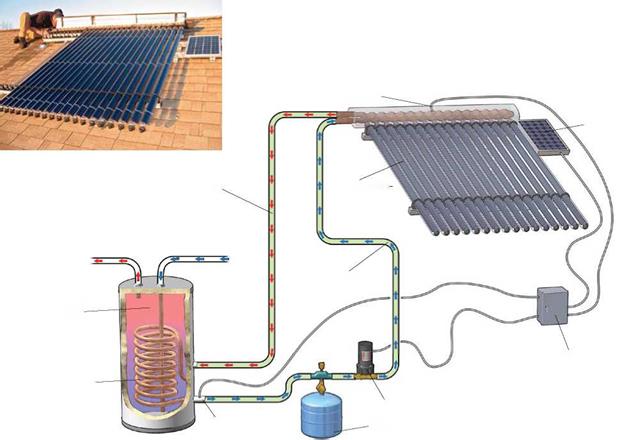Rebates and Tax Breaks Could Be the Keys to the Future
What takes the sting out of the high cost of buying into renewable-energy systems is a combination of federal tax credits and state and utility rebates. The federal credit, pegged at 30% of system cost, is open to
 |
 |
everyone. State and utility rebates, however, vary. Where they are generous, such as in California or Hawaii, you can expect robust growth for the solar industry.
Originally due to lapse in 2008, the federal tax credit has been extended for eight years. However, the on-and-off nature of government support is a "travesty," says Collins, and a chronic problem for the solar industry. "You can’t do this with stops and starts," he adds. "It’s been the history of incentives for renewables for the past 25 years."
Merrigan says that as many as 35% of all houses in Hawaii have solar water-heating systems, in part because of generous rebates. "I think it’s key," he says. "It’s just like for photovoltaics. PV is growing where there are incentives. The first cost of the system can
be enough to make people think about it, but to not want to make that investment.
If you have incentives that can bring down that first cost, you see good market penetration."
Still, credits and incentives are available now, and they make a much bigger difference proportionally for hot water than for photovoltaic systems. "You displace roughly 2kw of energy with your water system, so it’s like putting a 2kw PV system on your roof," says Collins. "But it’s hot water. A 2kw system of PV might be $20,000, but a 2kw solar hot-water system might be $6000. I’ve often said that solar hot water is the most misunderstood bargain out there."
 Scott Gibson, a contributing editor to Fine Homebuilding, lives in East Waterboro, Maine.
Scott Gibson, a contributing editor to Fine Homebuilding, lives in East Waterboro, Maine.






Leave a reply